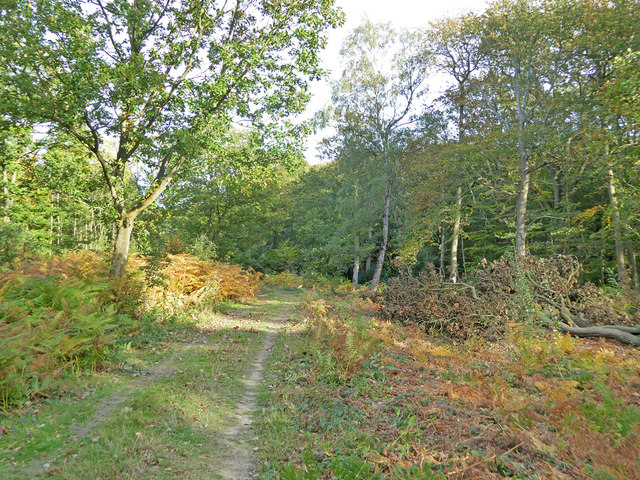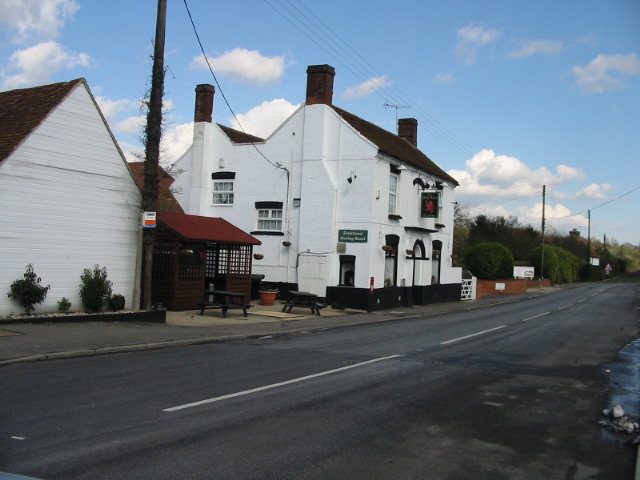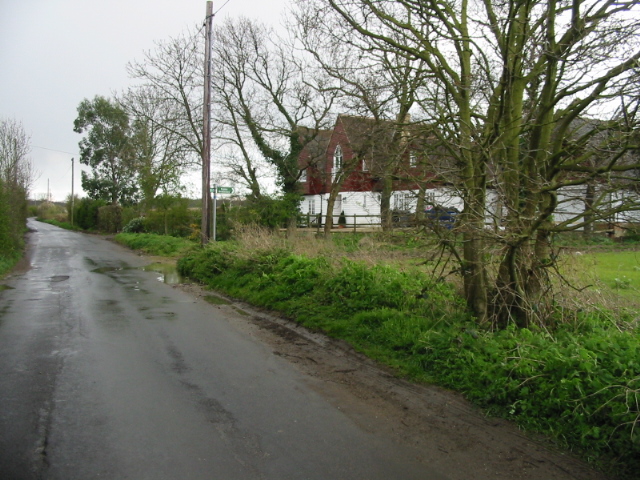Blean Wood
Wood, Forest in Kent Swale
England
Blean Wood
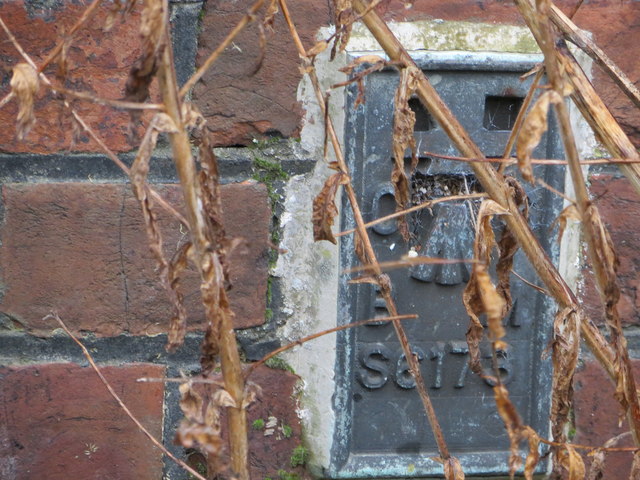
Blean Wood, located in Kent, England, is a picturesque forest that spans over 1,000 hectares. It is one of the largest areas of ancient woodland in the southeastern region of the country. The wood is situated just a few miles north of the historic city of Canterbury and is easily accessible to both locals and tourists.
Blean Wood boasts an impressive variety of plant and animal species, making it a haven for nature enthusiasts and wildlife lovers. The forest is predominantly made up of oak and sweet chestnut trees, with pockets of coniferous plantations scattered throughout. Bluebells, wood anemones, and wild garlic create a stunning carpet of color during the spring months.
The wood is home to numerous bird species, including nightingales, woodpeckers, and tawny owls. Visitors may also spot mammals such as badgers, deer, and foxes while exploring the forest trails. Blean Wood is part of the Blean Complex, an important ecological network that provides a crucial habitat for various rare and endangered species.
The forest offers a range of recreational activities for visitors to enjoy. There are well-maintained walking and cycling trails that allow visitors to explore the beauty of the wood at their own pace. Additionally, the wood has several designated picnic areas, making it an ideal spot for a family day out.
Blean Wood is not only a natural treasure but also holds historical significance. It was once a source of timber for the shipbuilding industry during the Tudor period. Today, it is managed by the Forestry Commission, who work tirelessly to preserve its ecological and historical value for future generations to appreciate.
If you have any feedback on the listing, please let us know in the comments section below.
Blean Wood Images
Images are sourced within 2km of 51.307831/0.98543921 or Grid Reference TR0860. Thanks to Geograph Open Source API. All images are credited.





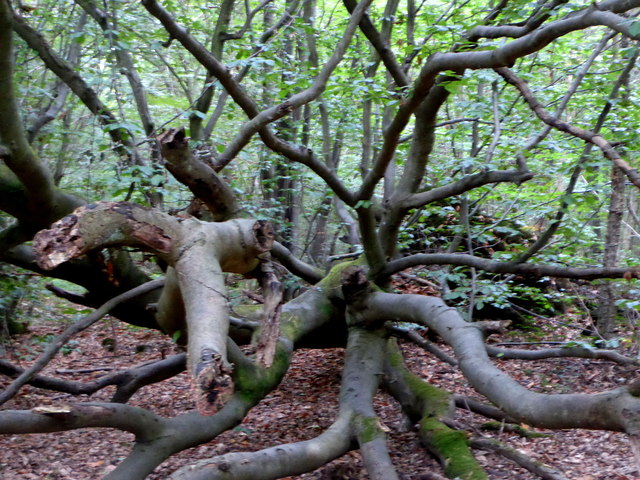




Blean Wood is located at Grid Ref: TR0860 (Lat: 51.307831, Lng: 0.98543921)
Administrative County: Kent
District: Swale
Police Authority: Kent
What 3 Words
///cattle.increased.vibrate. Near Blean, Kent
Nearby Locations
Related Wikis
Battle of Bossenden Wood
The Battle of Bossenden Wood took place on 31 May 1838 near Hernhill in Kent; it has been called the last battle on English soil. The battle was fought...
Hernhill
Hernhill is a village and civil parish between Faversham and Canterbury in southeast England. The parish includes the hamlets of Crockham, Dargate, The...
Dunkirk, Kent
Dunkirk is a village and civil parish between Faversham and Canterbury in southeast England. It lies on the Canterbury Road between Boughton under Blean...
Boughton under Blean
Boughton under Blean is a village and civil parish between Faversham and Canterbury in south-east England. "Boughton under Blean" technically refers only...
Mount Ephraim Gardens
Mount Ephraim Gardens is an Edwardian terraced gardens located at Hernhill, near Faversham, in the English county of Kent. == History == The gardens are...
Church Woods, Blean
Church Woods, Blean is a 526.7-hectare (1,302-acre) biological Site of Special Scientific Interest north-west of Canterbury in Kent. It is a Nature Conservation...
Staplestreet
Staplestreet is a village near the village of Boughton Street, in the Swale District of the English county of Kent. It is east of the town of Faversham...
Yorkletts
Yorkletts is a settlement two miles south of Whitstable in Kent in South East England. At the 2011 Census the settlement was included in the Seasalter...
Nearby Amenities
Located within 500m of 51.307831,0.98543921Have you been to Blean Wood?
Leave your review of Blean Wood below (or comments, questions and feedback).







